Reviewed by Corey Noles
You've just shot mind-blowing immersive footage on your iPhone's spatial video feature, but when you try to edit it properly, you hit the same wall every content creator faces. Until now, working with Apple's spatial video format meant jumping through hoops, compromising quality, or accepting that iMovie was your only real option—and even that stripped away the 3D magic during export.
That frustration just became history. Blackmagic Design has released DaVinci Resolve 20.1, making it the first professional non-linear editor to offer complete end-to-end support for Apple Vision Pro immersive video workflows. We're talking about real-time monitoring in your Vision Pro directly from the timeline, full spatial audio mixing, and export presets that work seamlessly with Apple's ecosystem.
What you need to know: This isn't just another software update—it's the missing piece that transforms immersive video from a cool iPhone trick into a legitimate professional workflow. Whether you're shooting with an iPhone or Blackmagic's $29,995 URSA Cine Immersive camera, you can now edit, grade, and deliver spatial content without losing a pixel of that precious 3D information.
Why this breakthrough matters for immersive creators
Let's break down what made spatial video editing such a nightmare before. Traditional editing workflows required complex procedures without native app support, meaning creators couldn't actually view their videos in 3D while editing. You'd shoot immersive content, then essentially go blind during post-production.
DaVinci Resolve 20.1 changes everything with its new immersive video viewer. Editors can now preview spatial content on standard 2D monitors with full pan, tilt, and roll controls, or stream the timeline in real-time to their Apple Vision Pro for true in-headset viewing. It's like having X-ray vision for your 3D footage.
The technical specs alone are staggering. Apple Immersive Video requires 8K resolution per eye at 90fps, processing over 30 times the data rate of typical 4K production. These massive computational requirements create the perfect storm for data loss and quality compromisation in traditional workflows.
Here's where Resolve's approach becomes brilliant: the software handles this massive data stream while preserving the lens projection data and metadata that keeps everything perfectly synchronized from capture through delivery. That Lens Space data—essentially the original fisheye images captured by each lens—travels through the entire post-production pipeline without conversion or quality loss, ensuring the highest fidelity experience possible.
Complete creative control in the immersive realm
Here's where things get really exciting for creators: Resolve 20.1 doesn't just handle spatial video—it transforms how you can manipulate it. The Color page now supports the full suite of primary grading tools and selected secondary tools for immersive footage, bringing Hollywood-level color grading to your spatial content.
The new 3D Edge Mask feature gives precise control over field of view and can mask out unwanted elements like boom mics at the edge of your capture frame. Think of it as content-aware fill, but for 3D space—exactly the kind of problem-solving tool that separates professional workflows from consumer workarounds.
Audio gets equally impressive treatment with full Apple Spatial Audio Format (ASAF) support. The Fairlight suite now supports up to 7th order Ambisonic busses and object-based sound placement, letting you position audio sources anywhere in 3D space with realistic acoustic environments. Your viewers won't just see the immersive experience—they'll be surrounded by it.
The unique 360º backdrop track enables filmmakers to place content around the entire periphery of the immersive projection area. It's like having a virtual sound stage that extends beyond the main action, creating depth and context that wasn't possible in traditional video formats.
After testing these workflow integrations, what becomes immediately apparent is how the seamless page-switching between Edit, Color, and Fairlight eliminates the traditional bottlenecks that plagued immersive post-production. Instead of exporting and re-importing at each stage—which could corrupt spatial metadata—you're working within a unified environment where grading corrections and sound design changes sync instantly across all elements of your 3D scene.
The hardware that makes it all possible
None of this spatial magic happens in a vacuum—it requires serious hardware firepower. Blackmagic's URSA Cine Immersive camera delivers dual 8160 x 7200 sensors with pixel-level synchronization and 16 stops of dynamic range, capturing 90fps stereoscopic content to a single Blackmagic RAW file.
The camera processes 10,575 million pixels per second—numbers that make your brain hurt but deliver results that make your eyes water. An 8TB media module holds about 90 minutes of footage, giving you a sense of just how data-hungry this format really is.
But here's the brilliant part: the camera writes synchronized lens data and video to Blackmagic RAW files, ensuring metadata consistency throughout post-production. No more manually syncing left and right eye footage or losing critical projection information during the edit.
Even iPhone users benefit from this new workflow. DaVinci Resolve 19.1 supports spatial media, automatically recognizing spatial video from your iPhone 15 Pro or any iPhone 16 model and preserving the 3D information through your edit. The workflow consistency between consumer iPhone footage and professional URSA captures means creators can start experimenting with spatial storytelling using equipment they already own, then scale up to professional-grade capture without relearning entirely new post-production processes.
Where immersive storytelling goes next
This isn't just about better tools—it's about unlocking an entirely new medium for storytelling. With Resolve's new export presets, finished projects can be dropped directly into Apple's Immersive Video Utility or exported as ProRes bundles for Apple Compressor integration.
The implications go beyond technical convenience. Professional cinematographers now have access to the same post-production depth that's defined traditional filmmaking for decades—but applied to immersive experiences. Independent creators are already pushing boundaries, creating spatial films that leverage MV-HEVC technology and local Vision Pro hardware acceleration for 4K quality per eye.
What's particularly exciting is how this positions creators at different scales for the immersive content economy. Documentary filmmakers can capture authentic spatial moments with iPhones, while narrative producers can plan elaborate immersive sequences with professional-grade equipment—all feeding into the same post-production pipeline. This democratization mirrors what happened when DSLR video capabilities first opened cinematic tools to independent filmmakers.
PRO TIP: While the immersive features are exclusive to DaVinci Resolve Studio on macOS, the update is free for existing Studio users. The investment in professional tools just became a lot more compelling for anyone serious about spatial content creation.
The learning curve exists—immersive workflows demand more processing power, storage, and technical understanding than traditional video. But for creators ready to embrace this new frontier, DaVinci Resolve 20.1 finally provides the professional-grade foundation that spatial video has been waiting for. The question isn't whether immersive video will become mainstream—it's whether you'll be ready when it does.




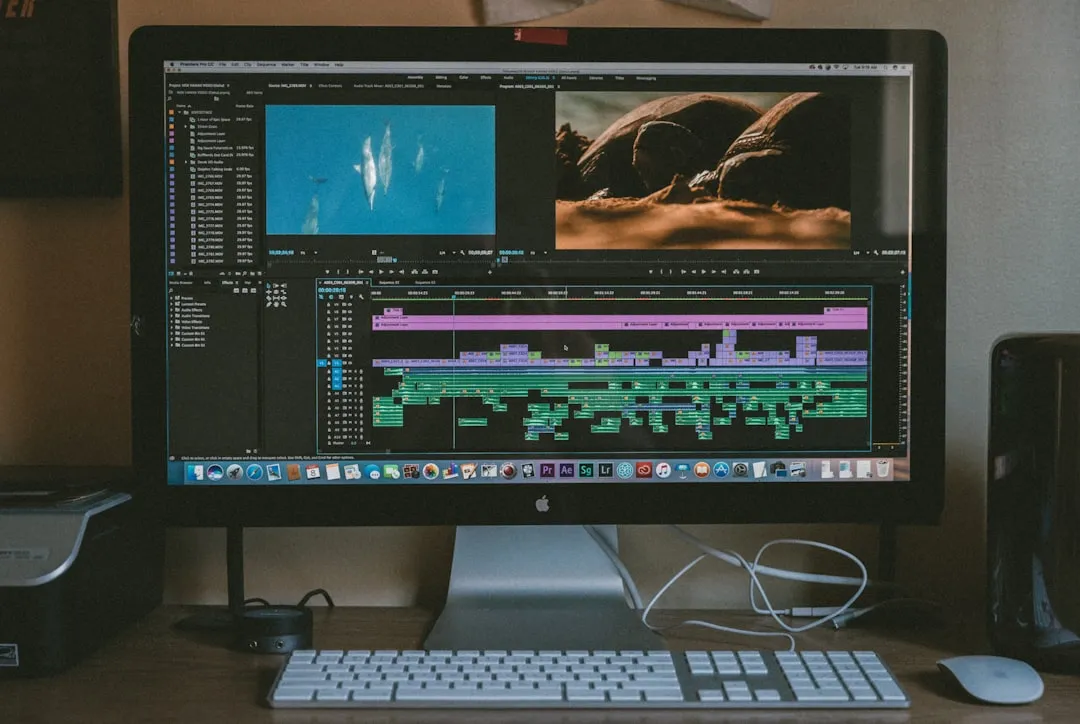

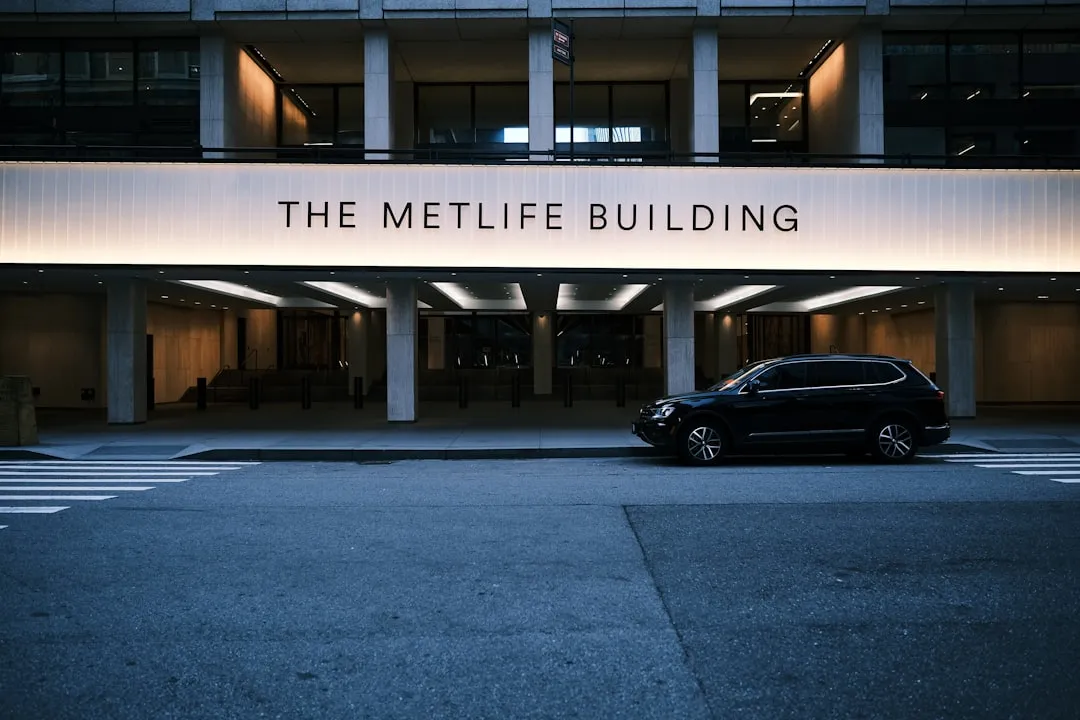

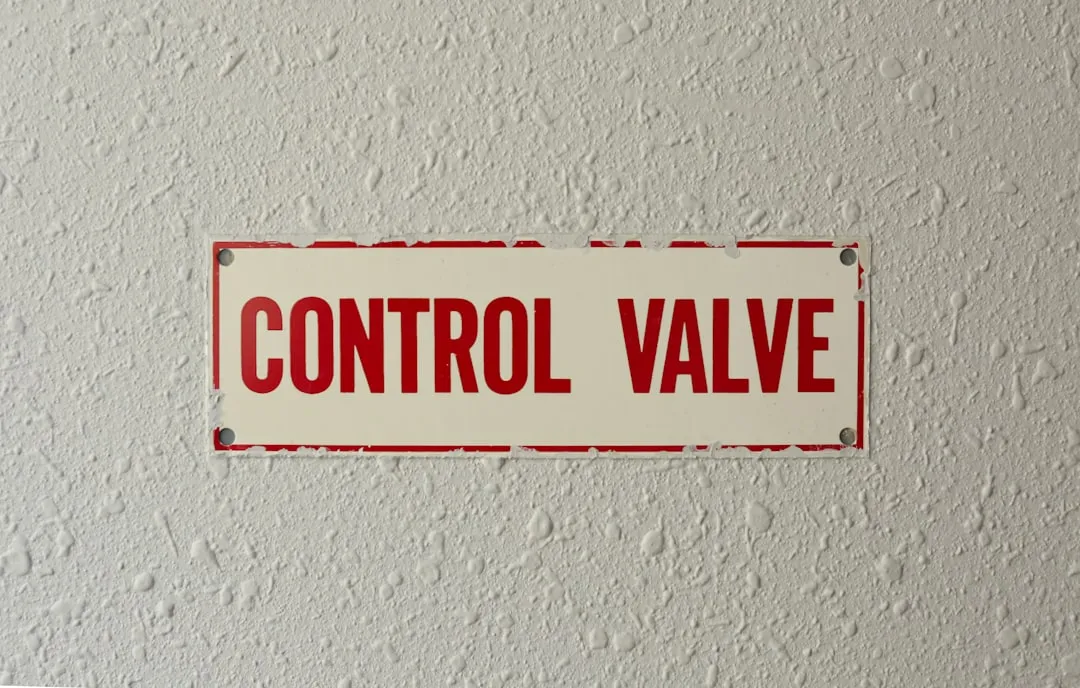




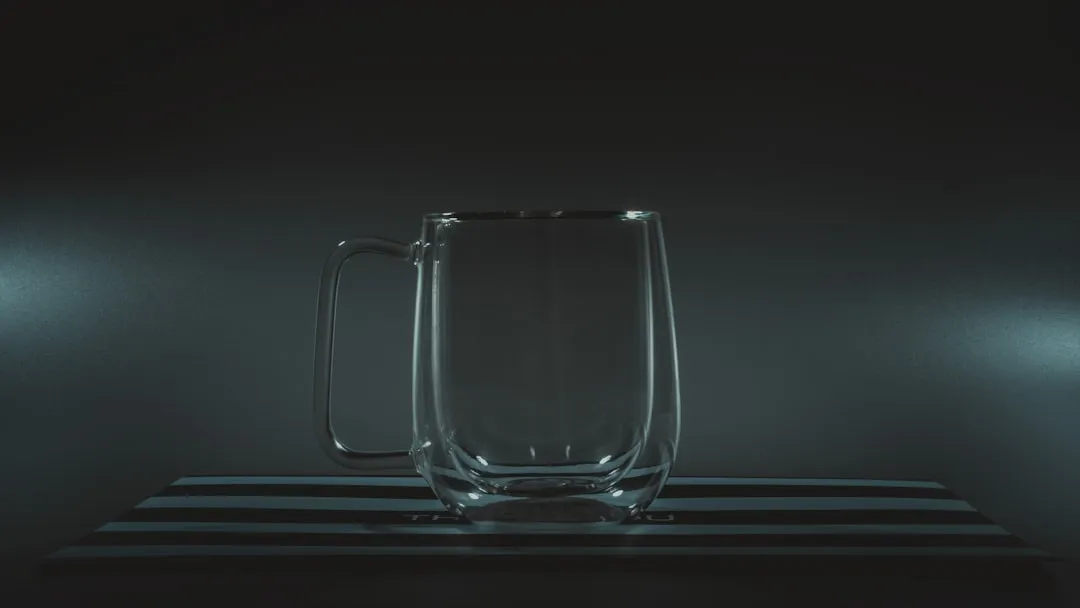


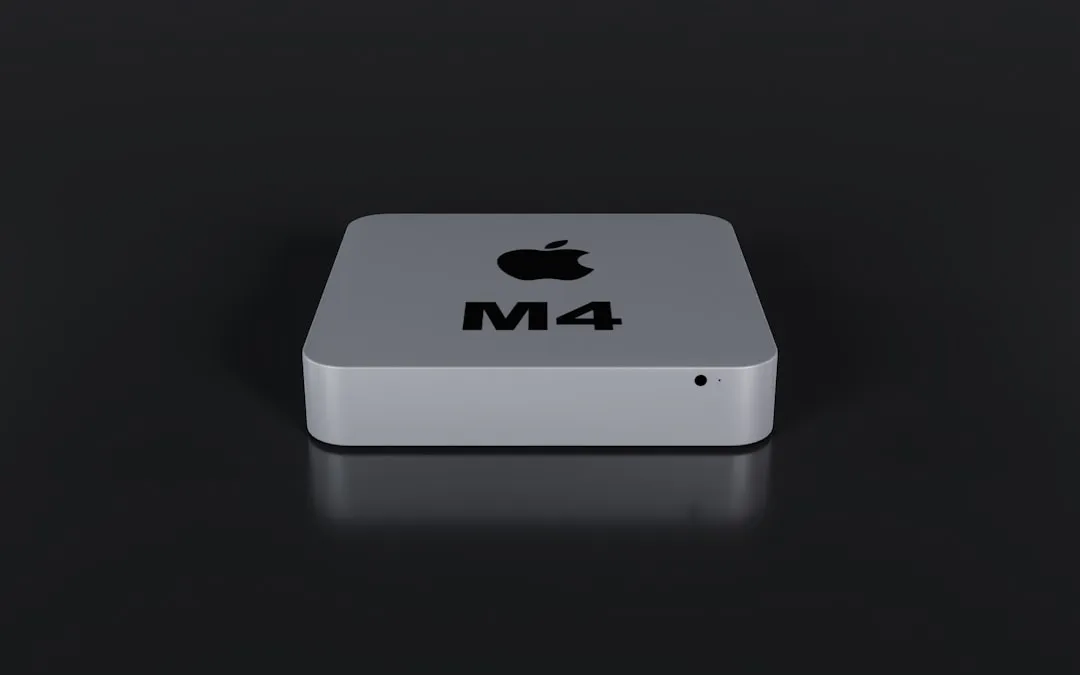
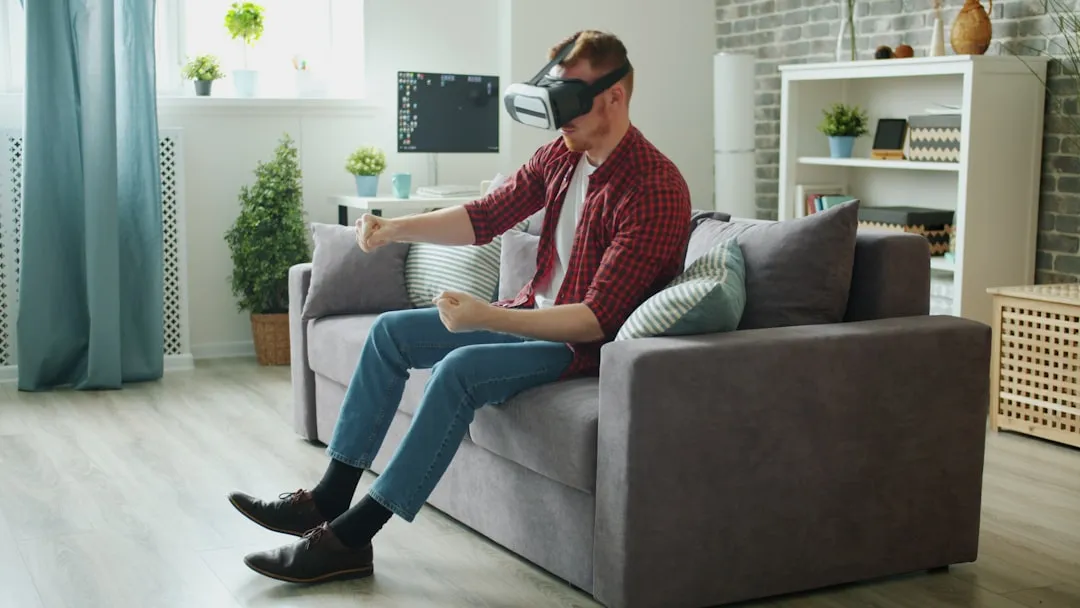
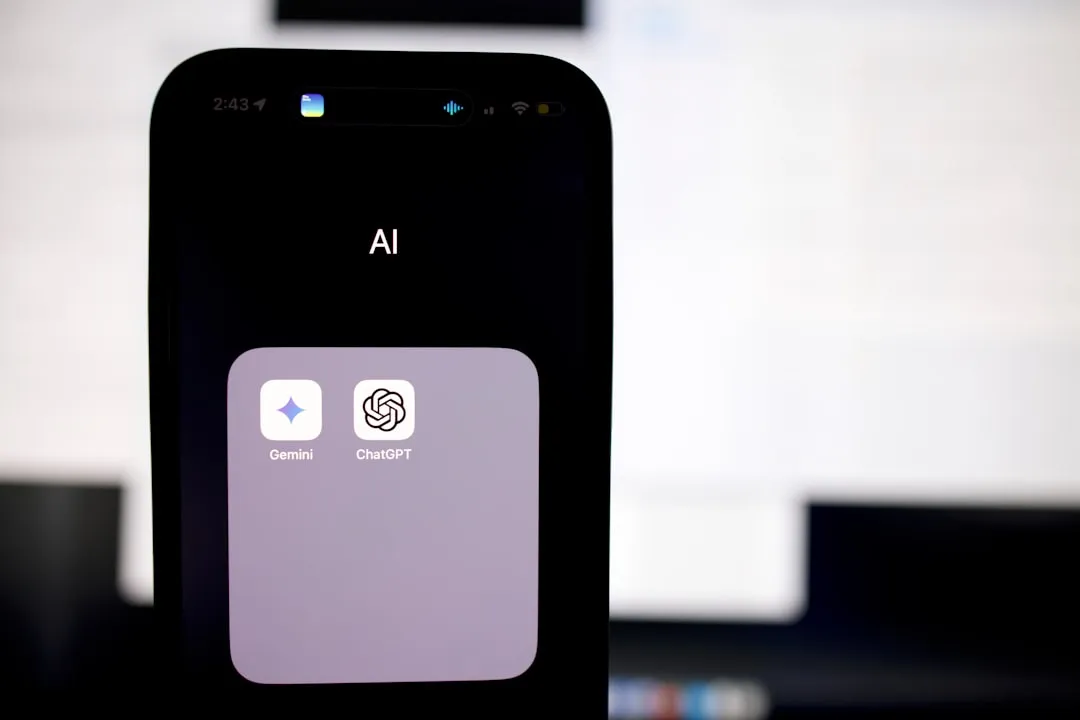


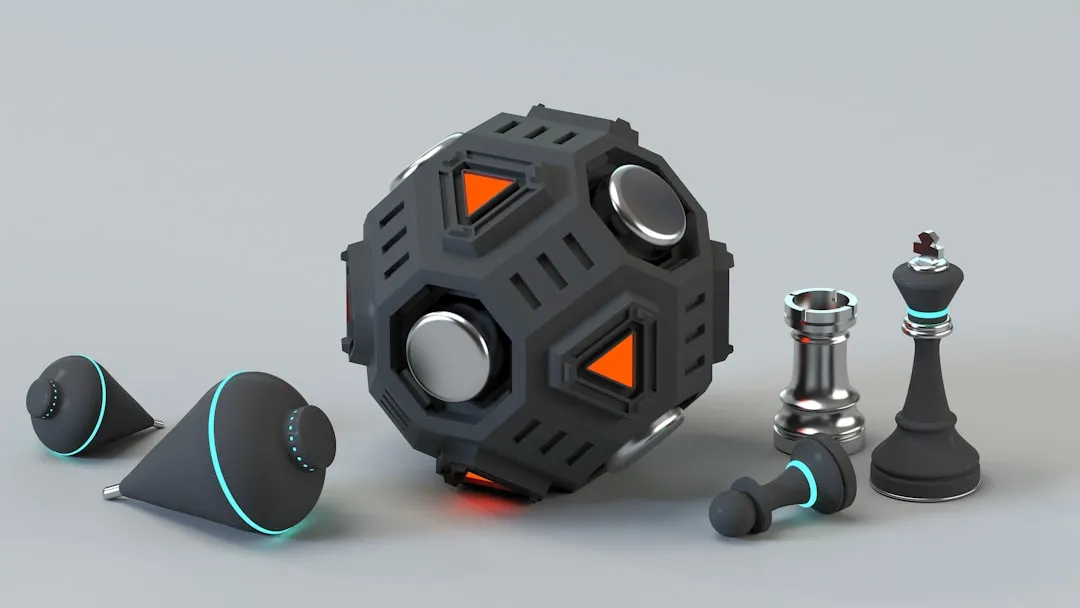

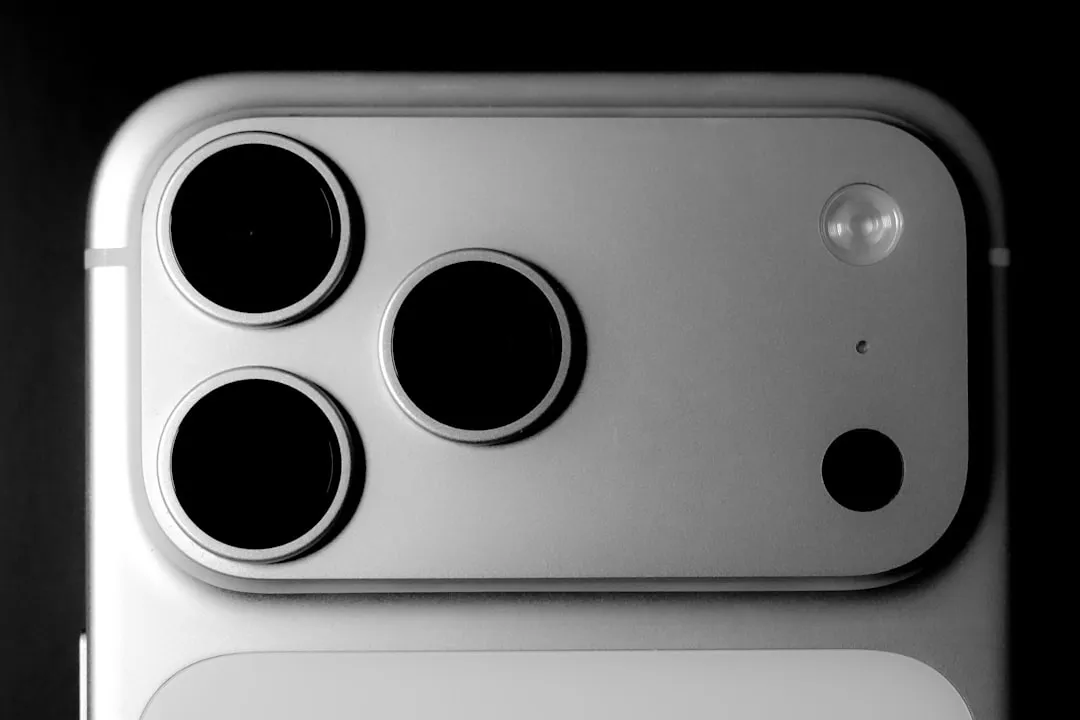
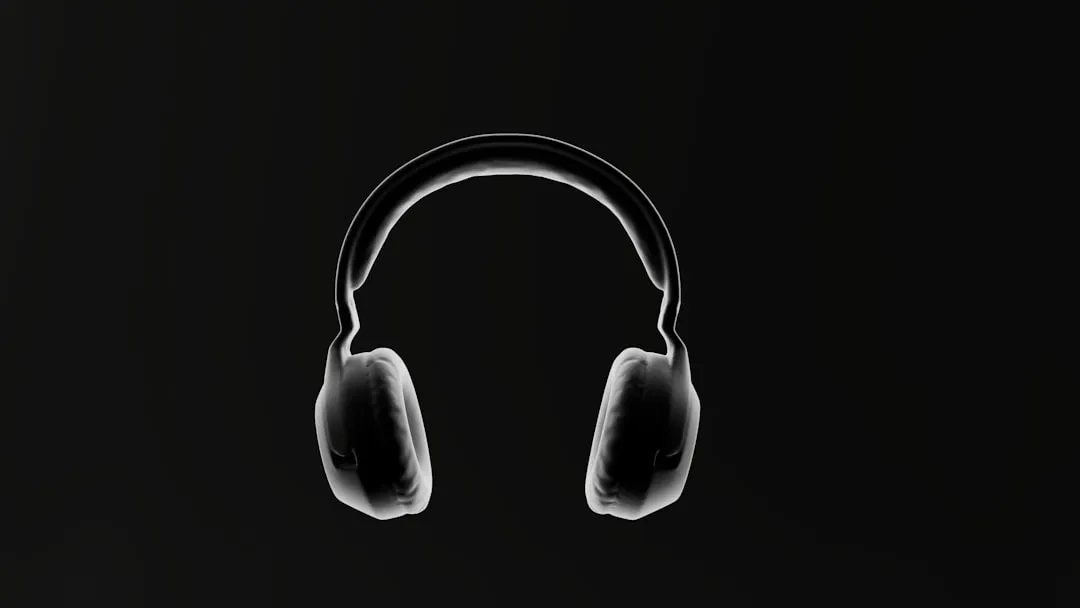
Comments
Be the first, drop a comment!